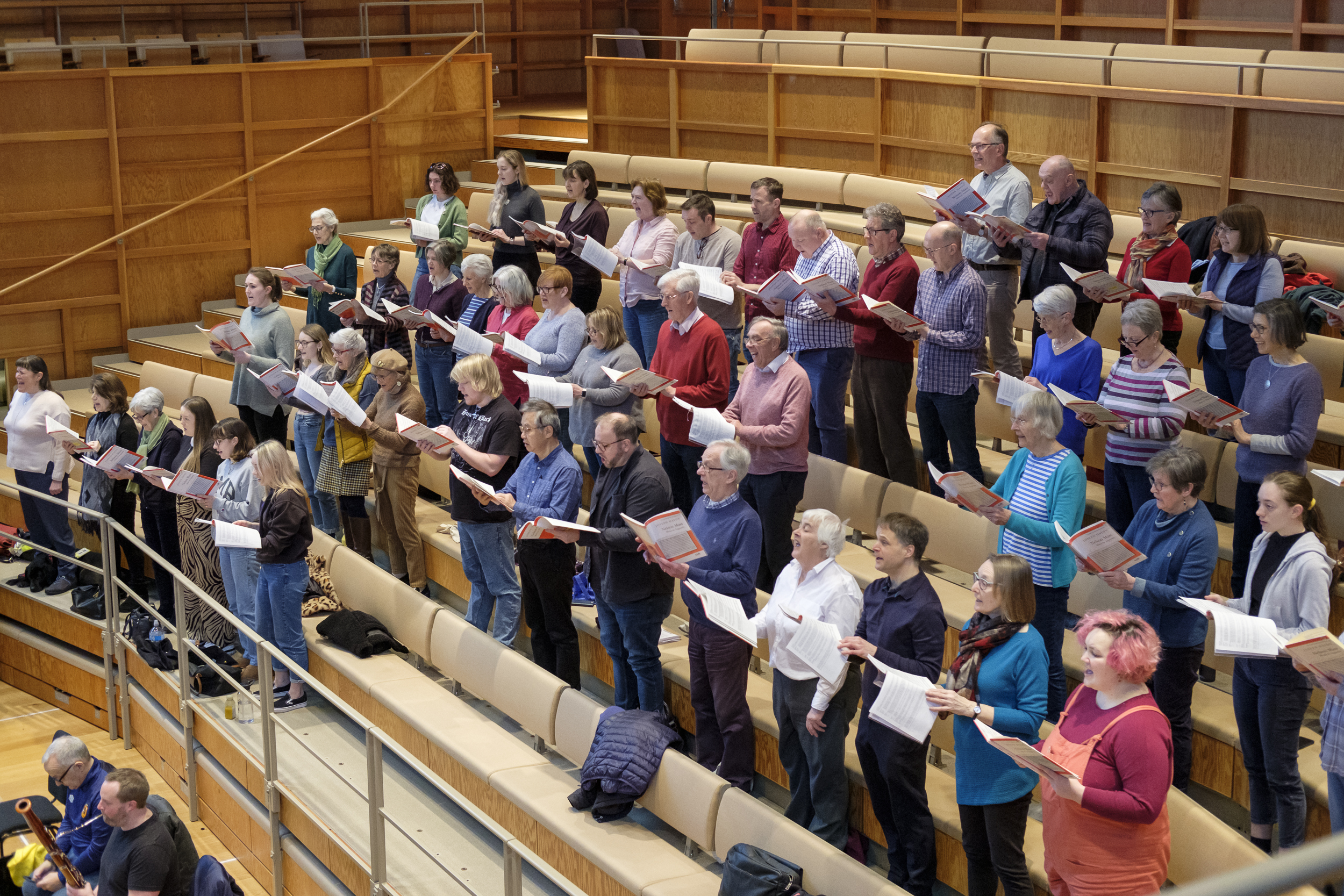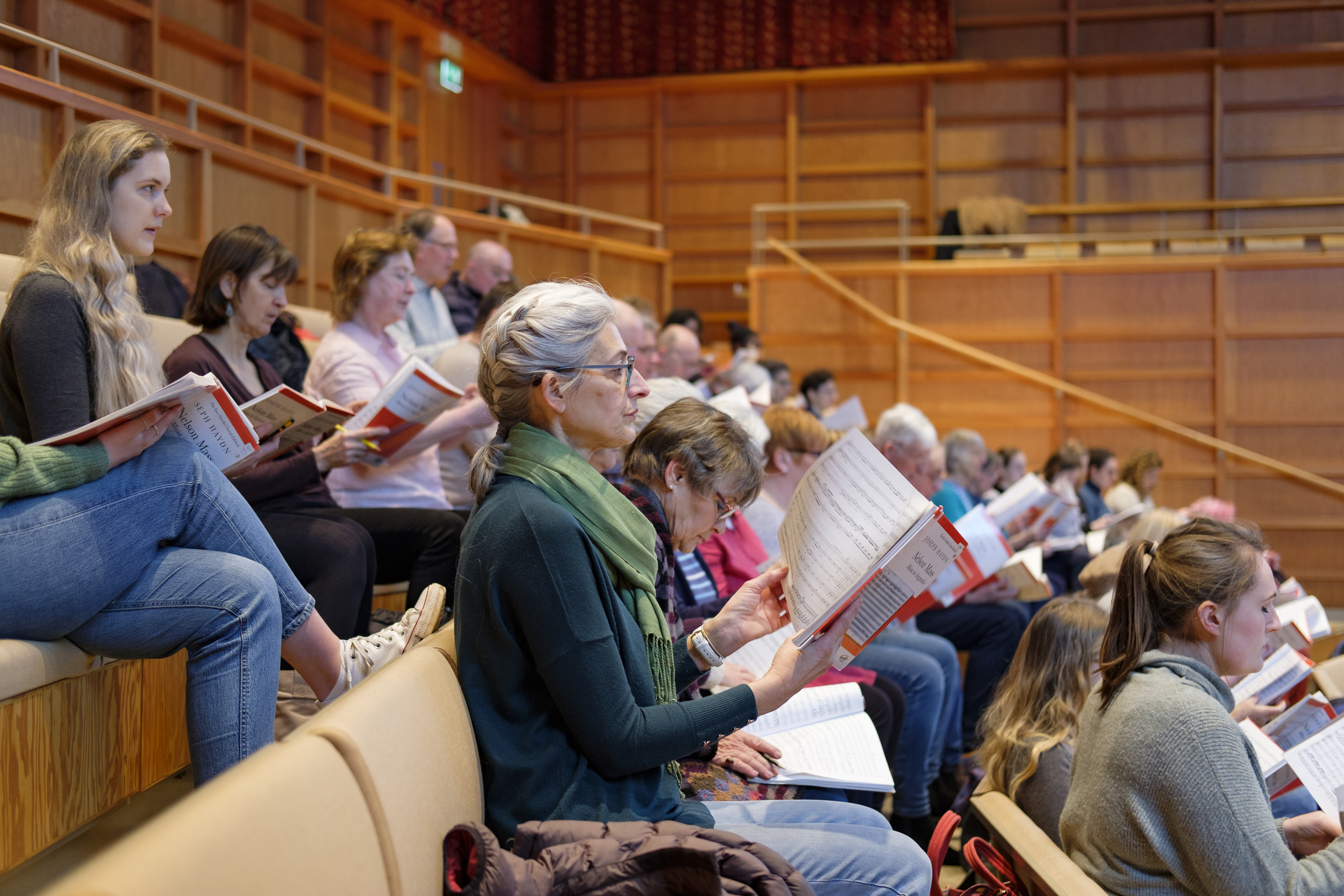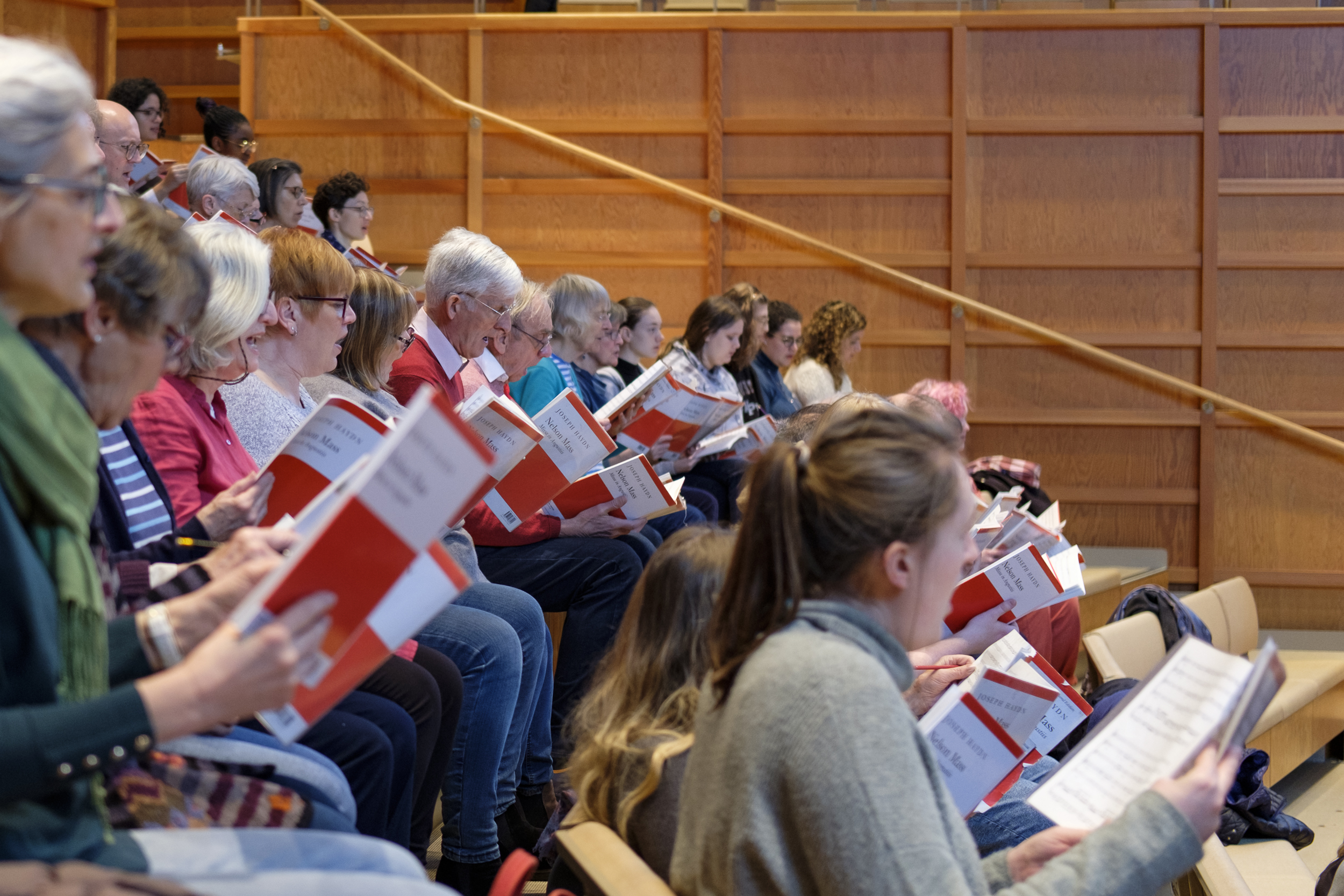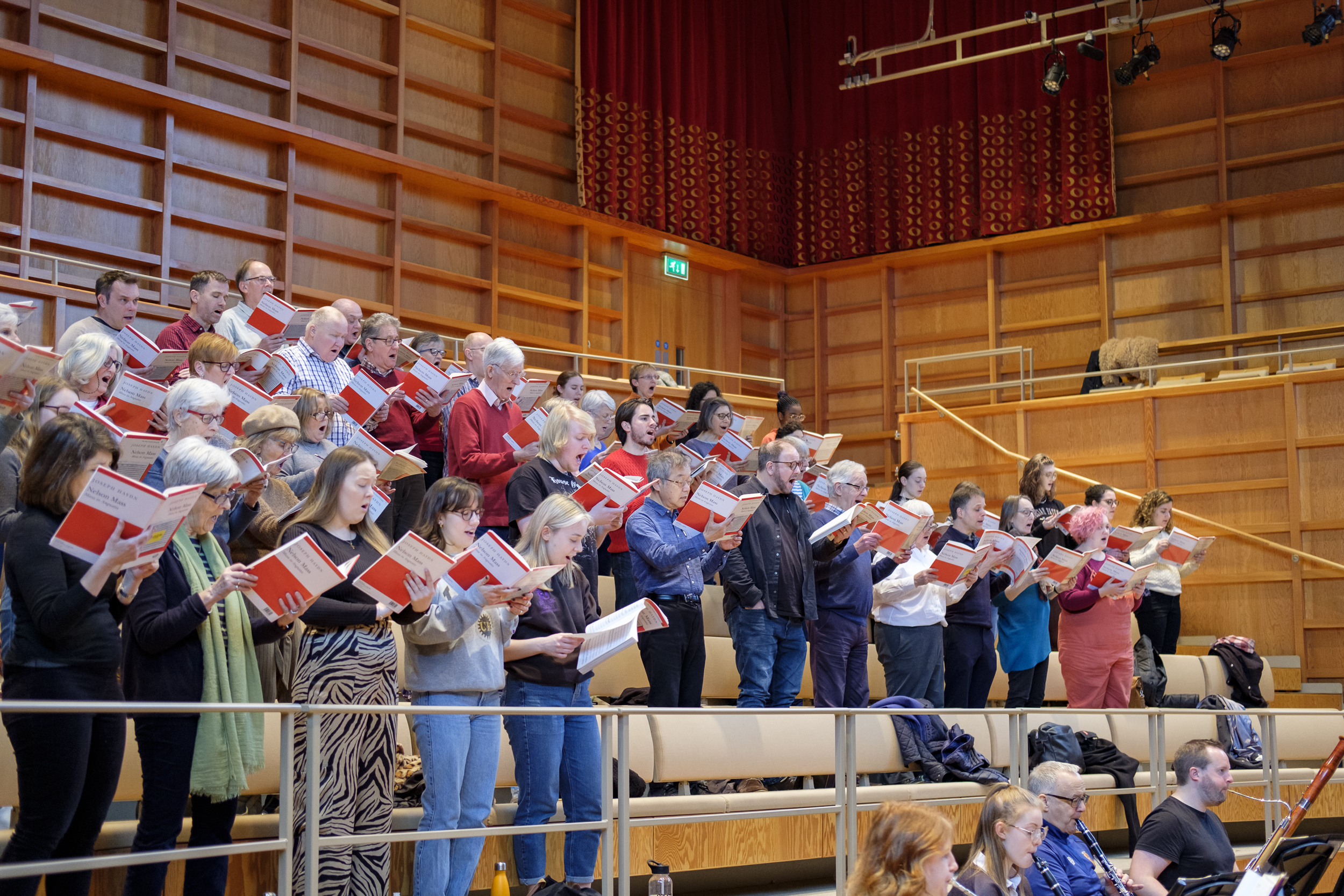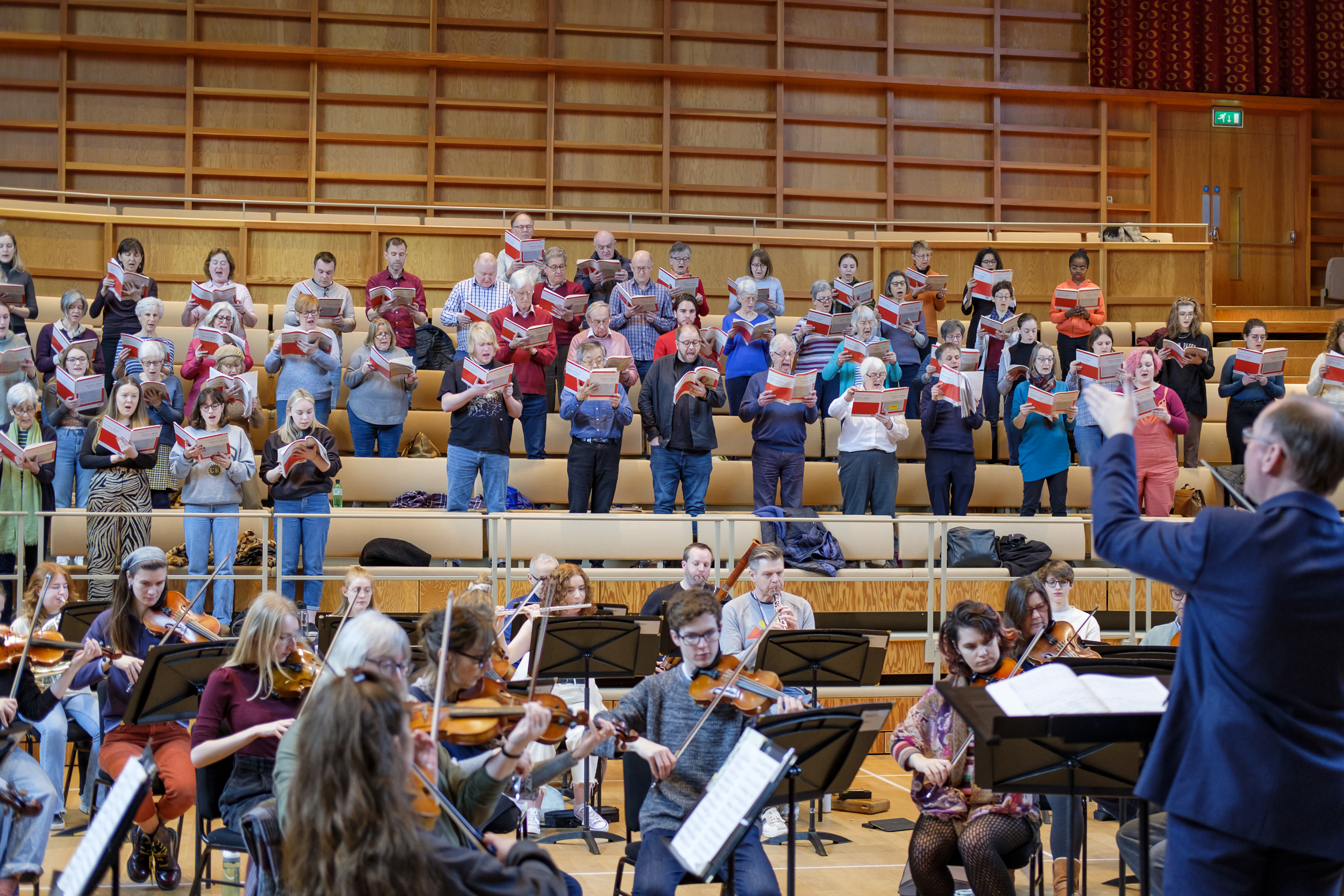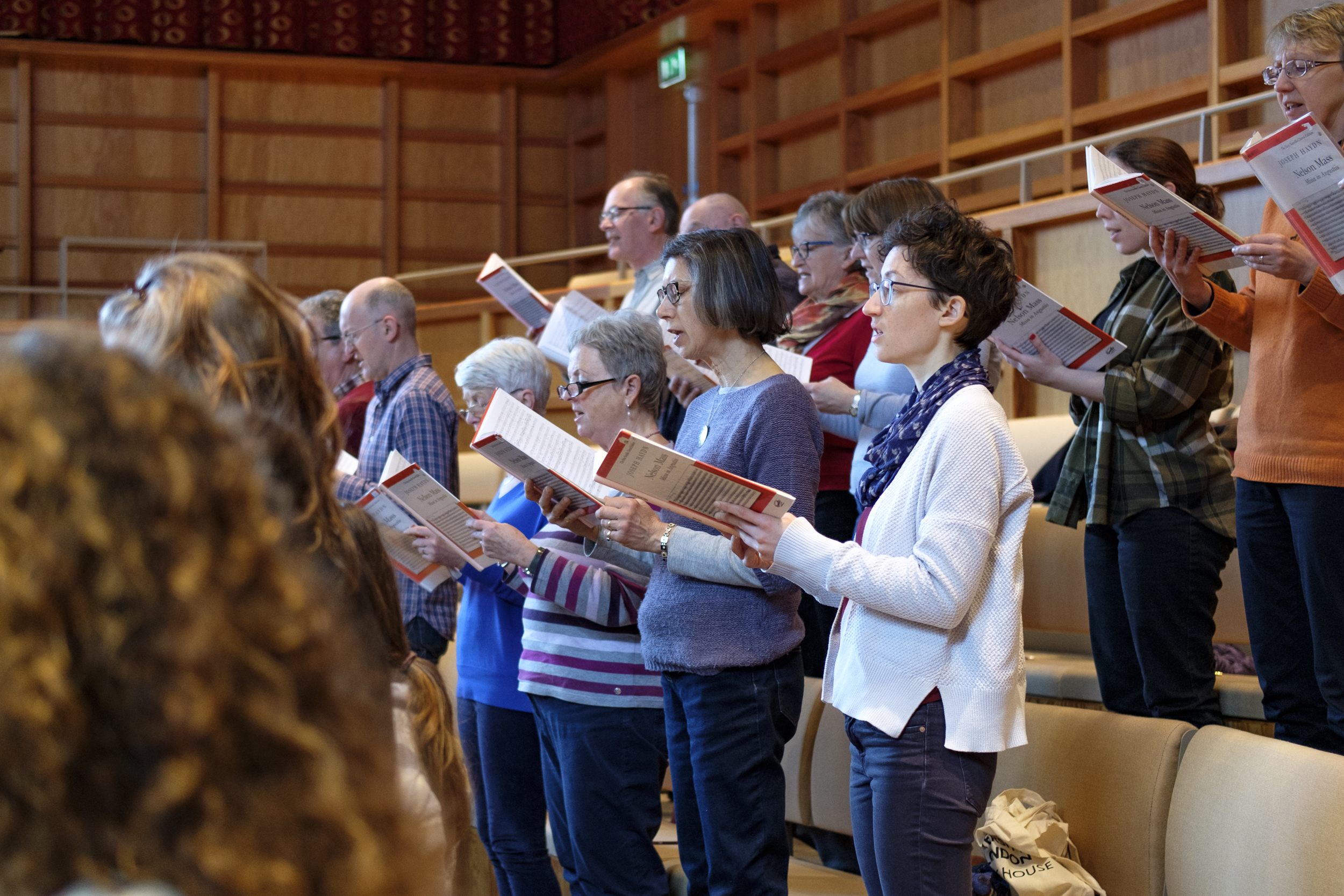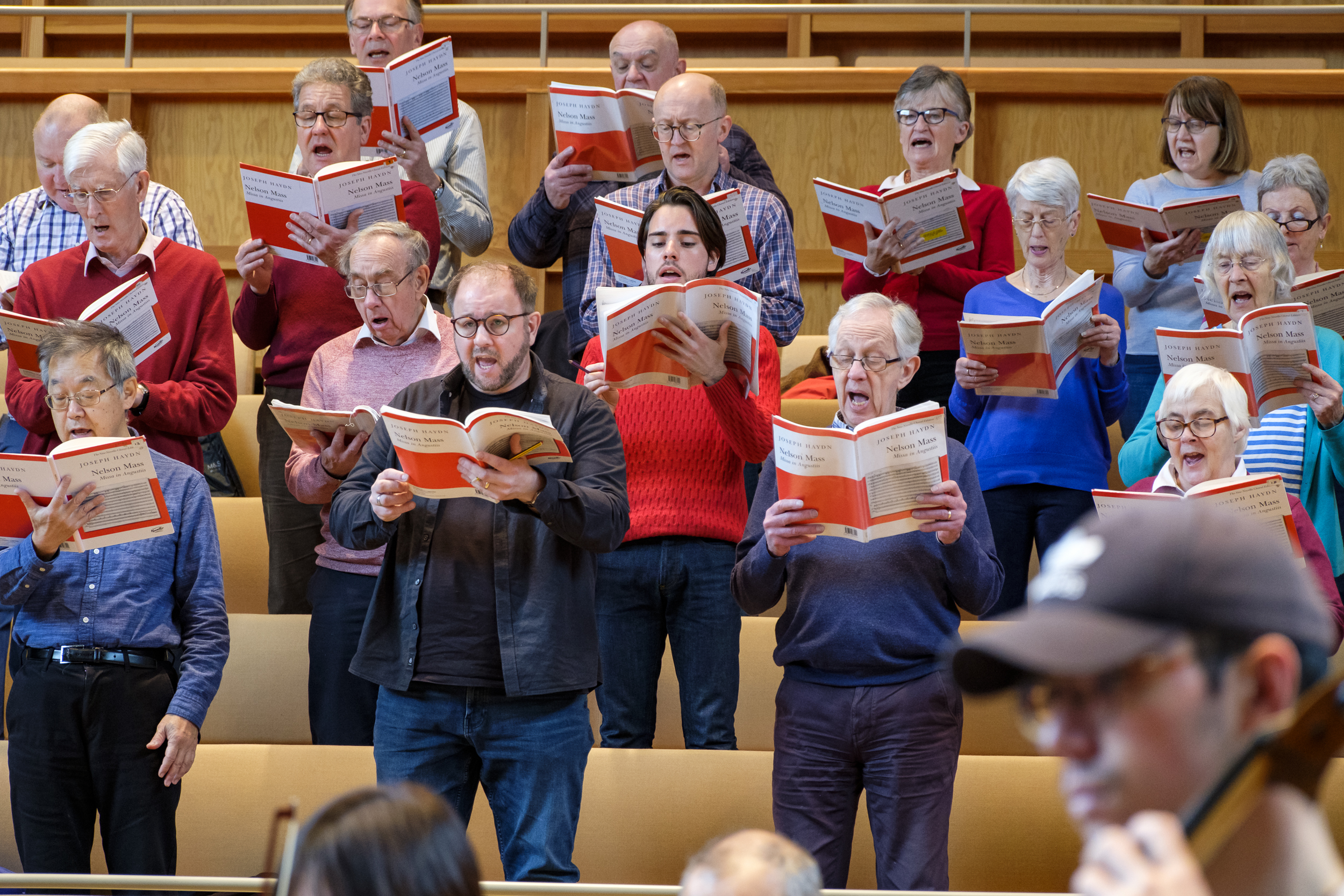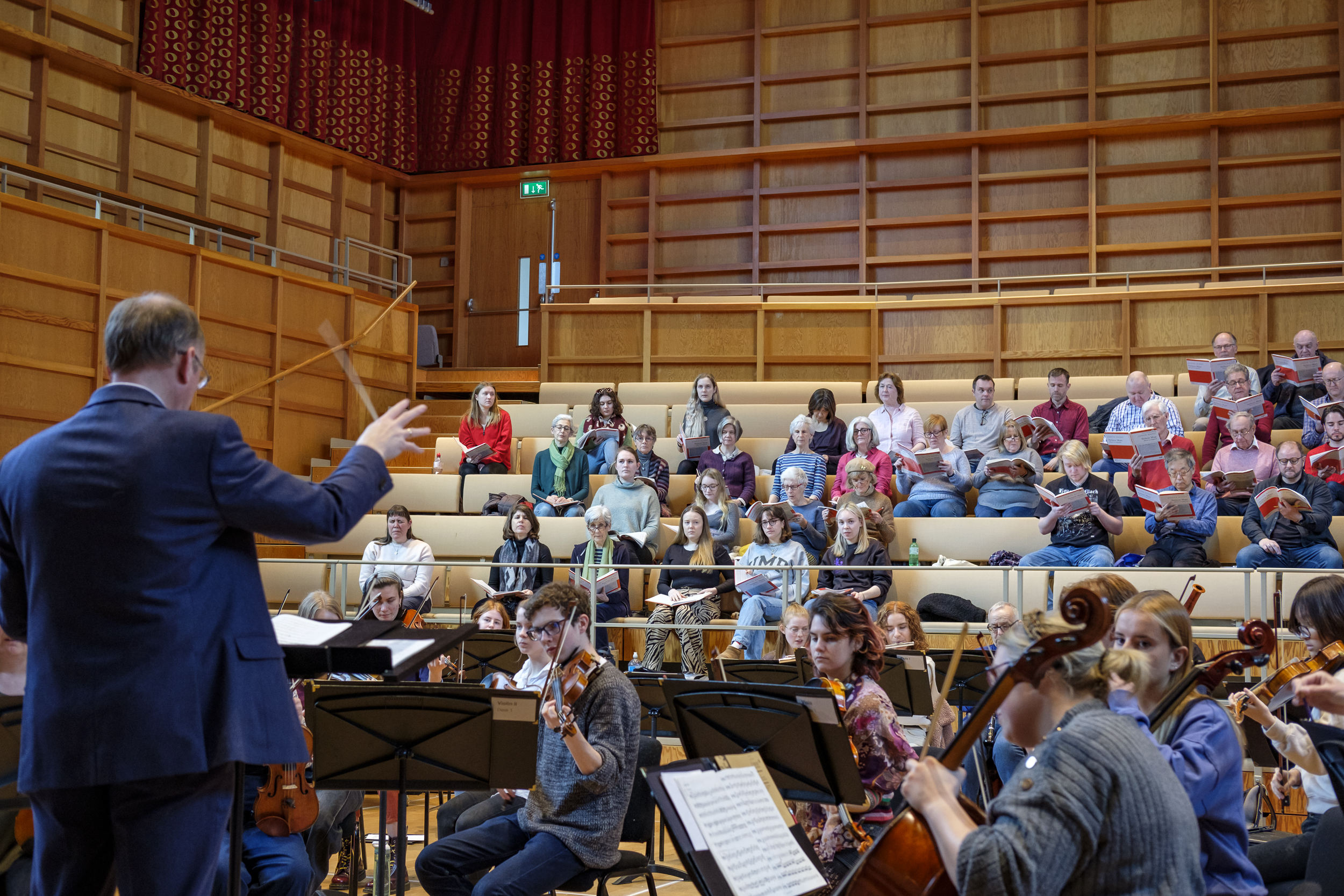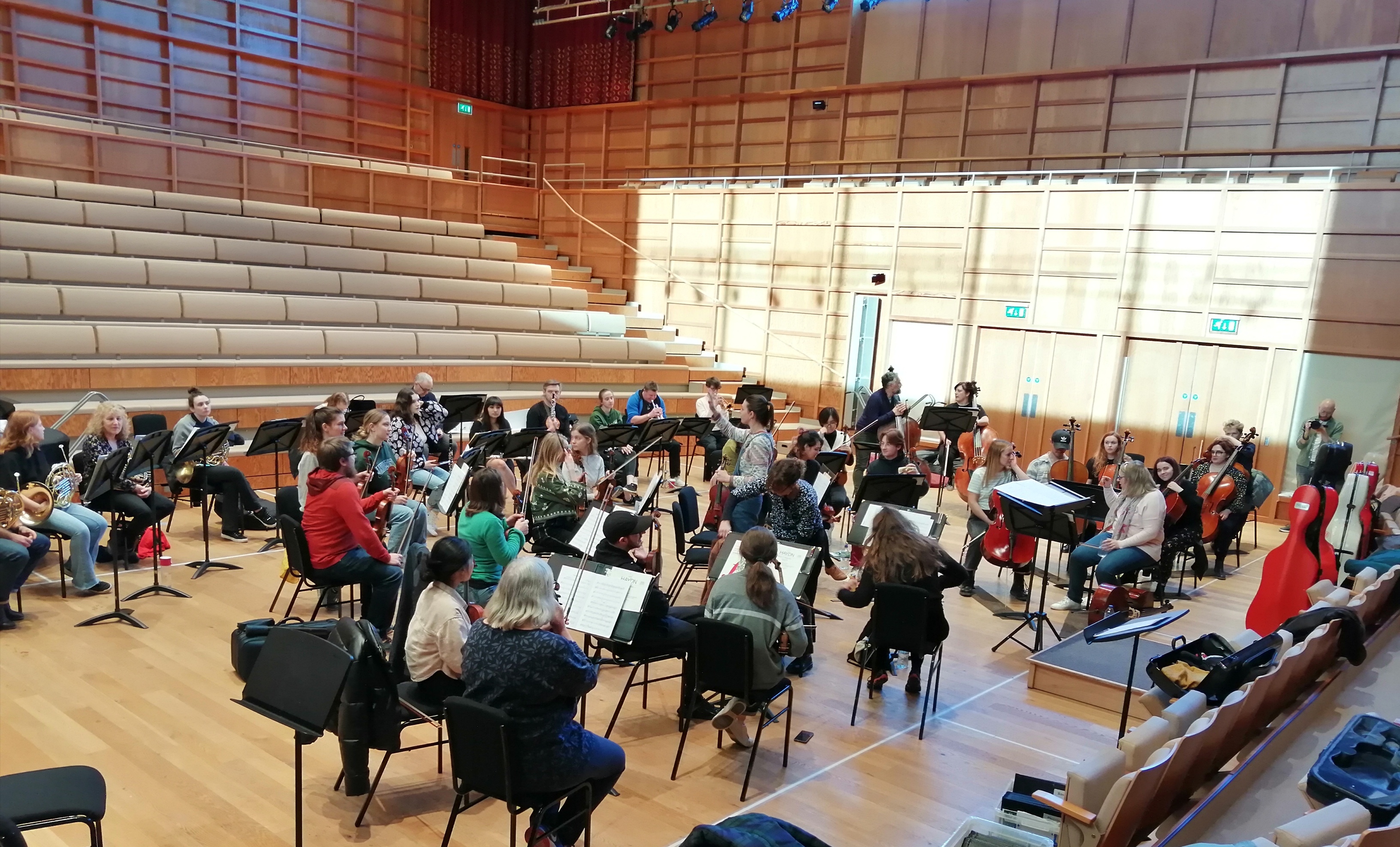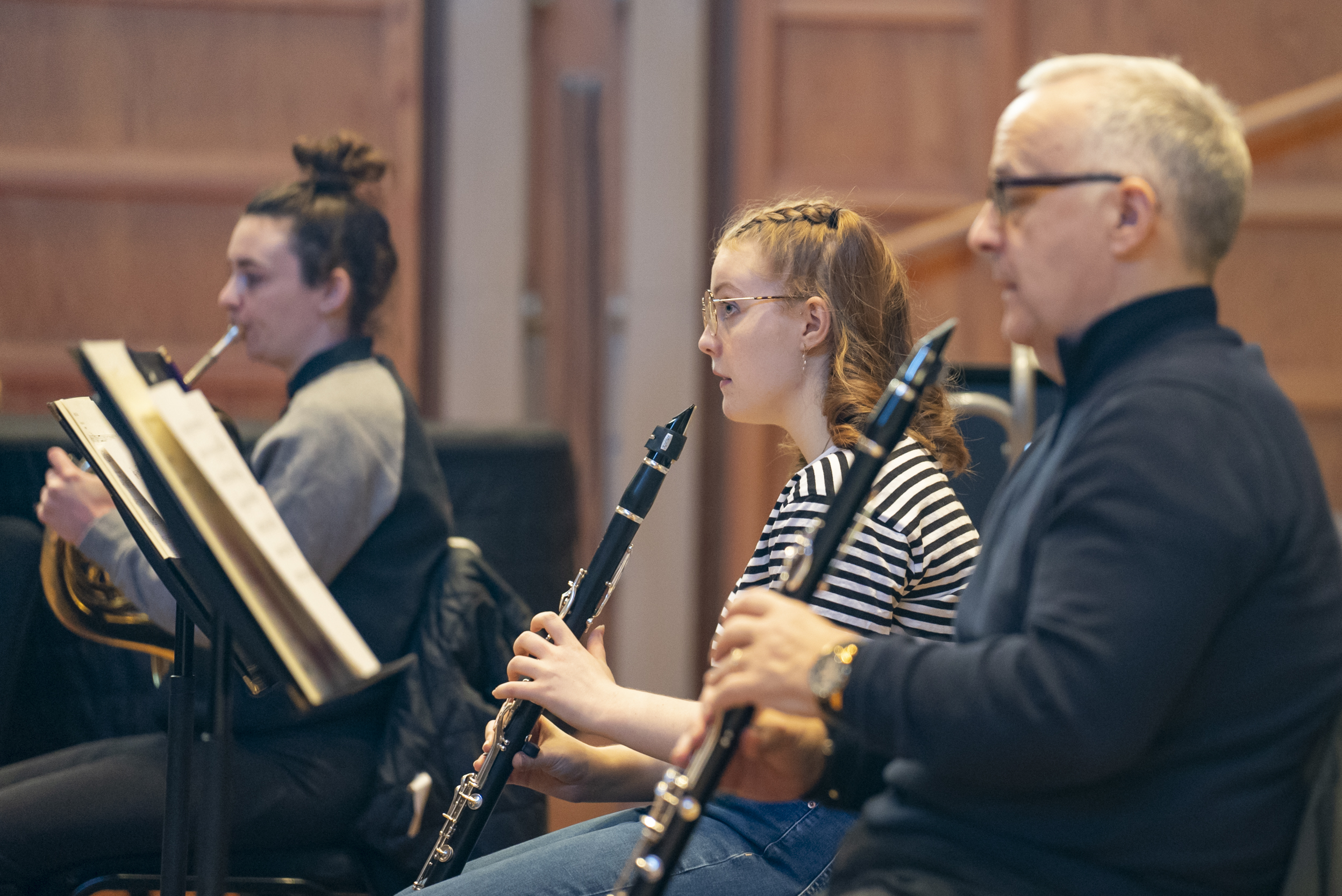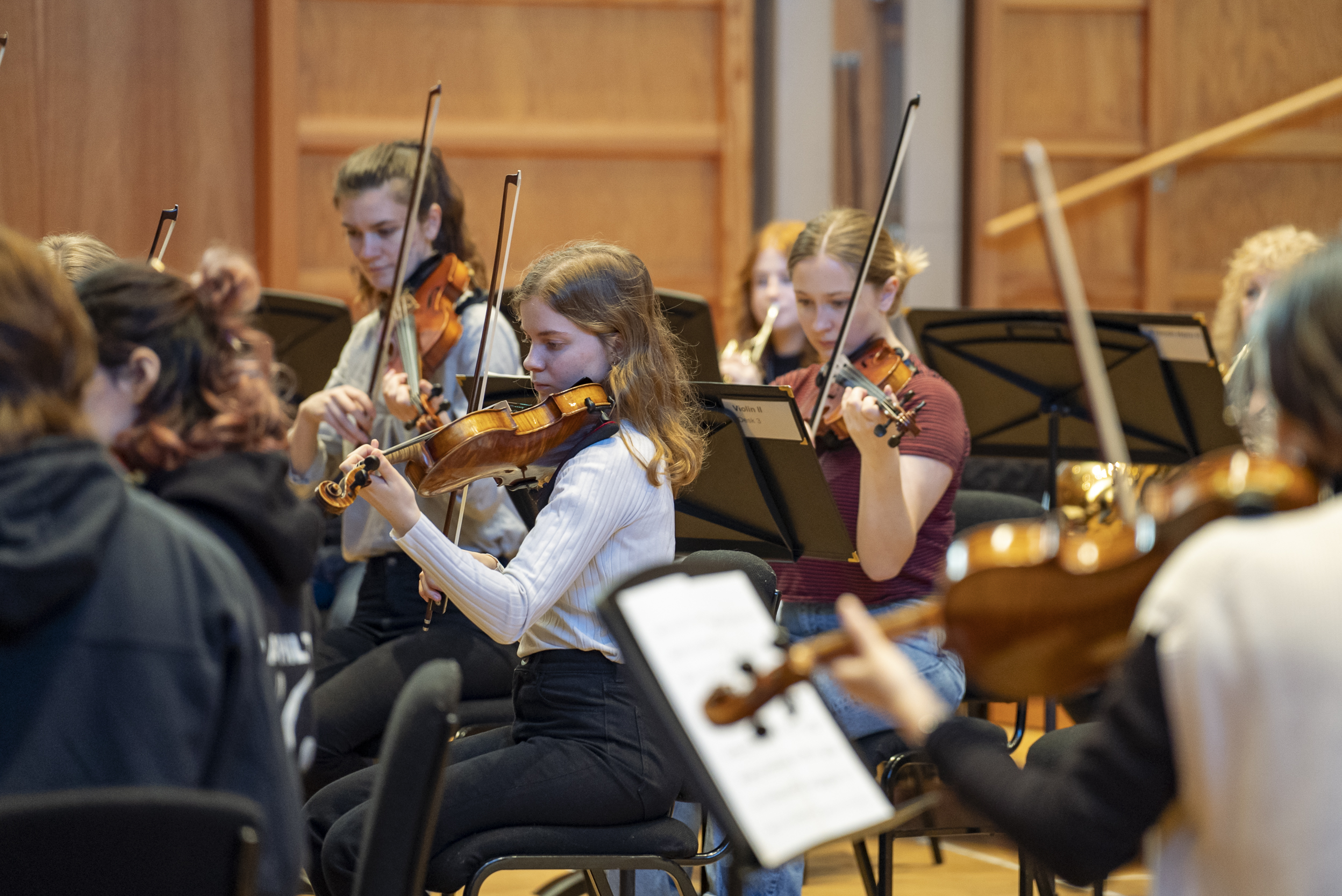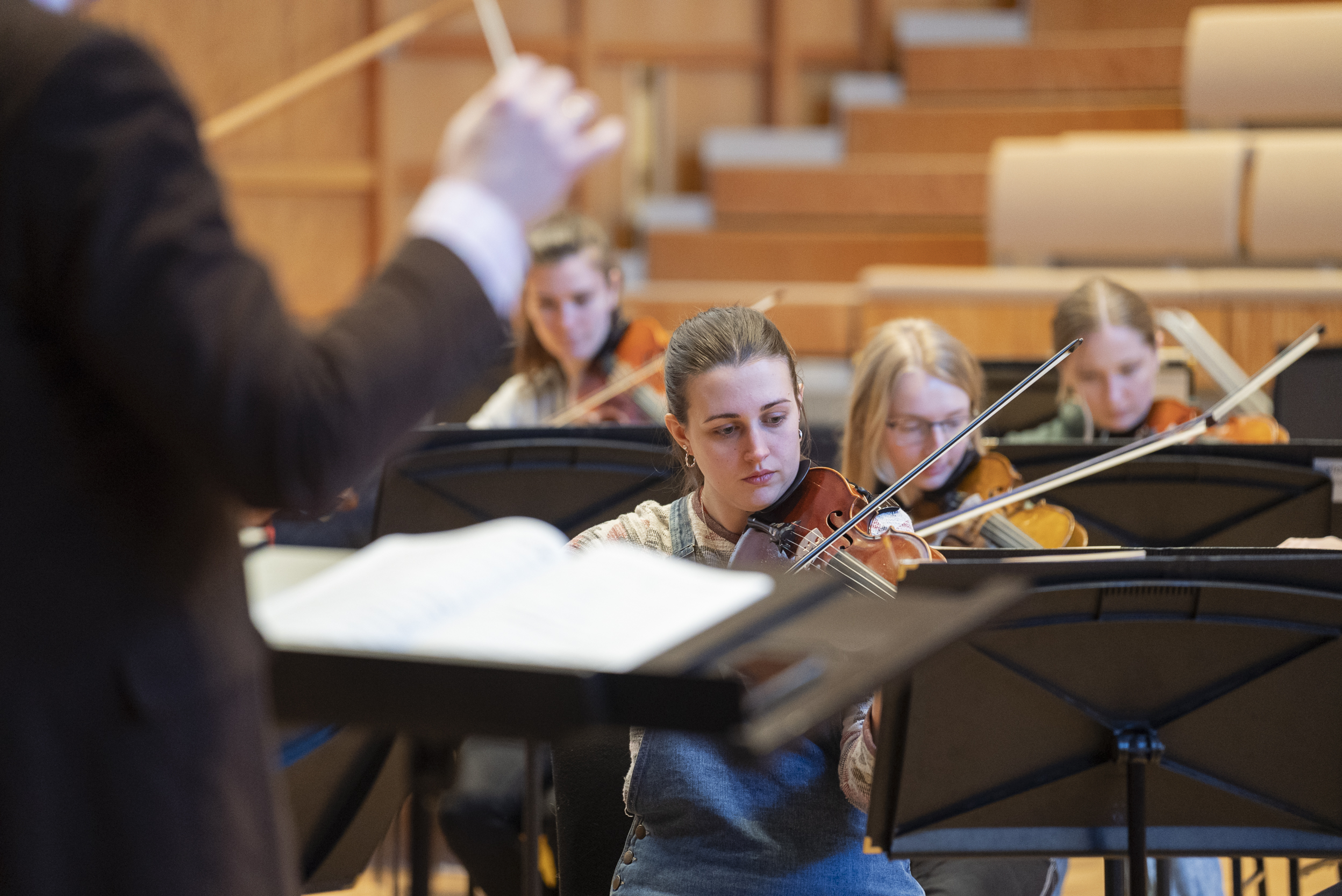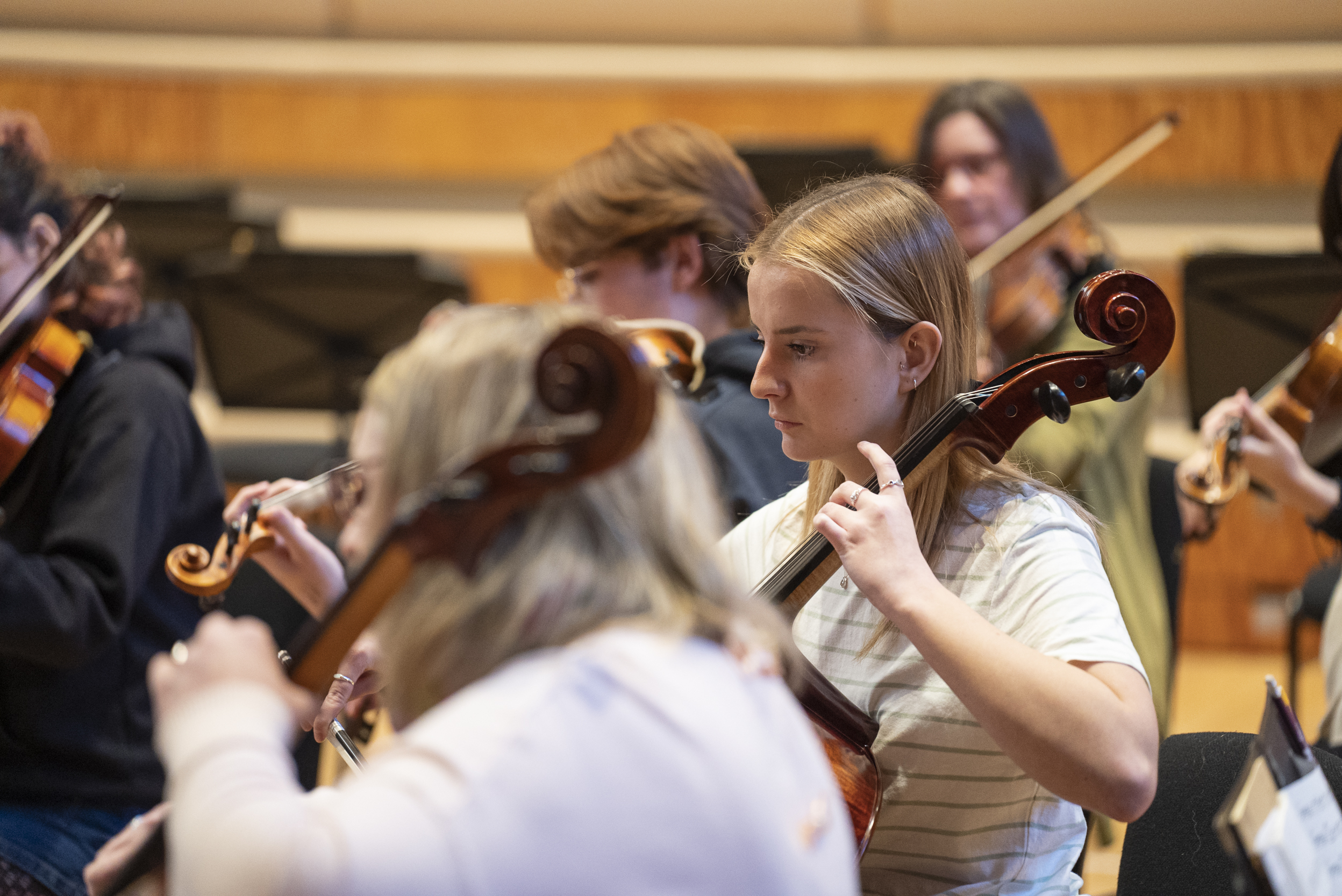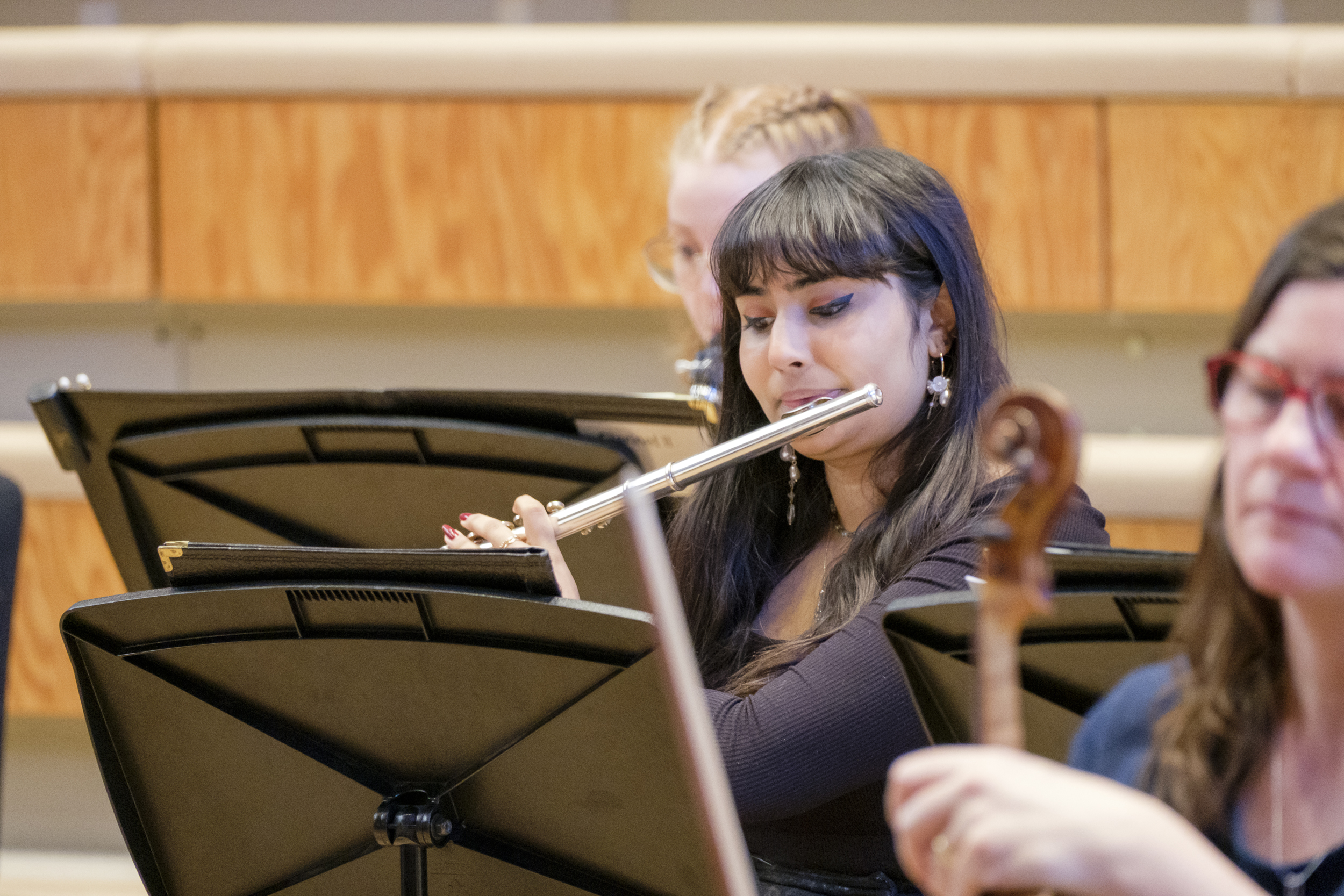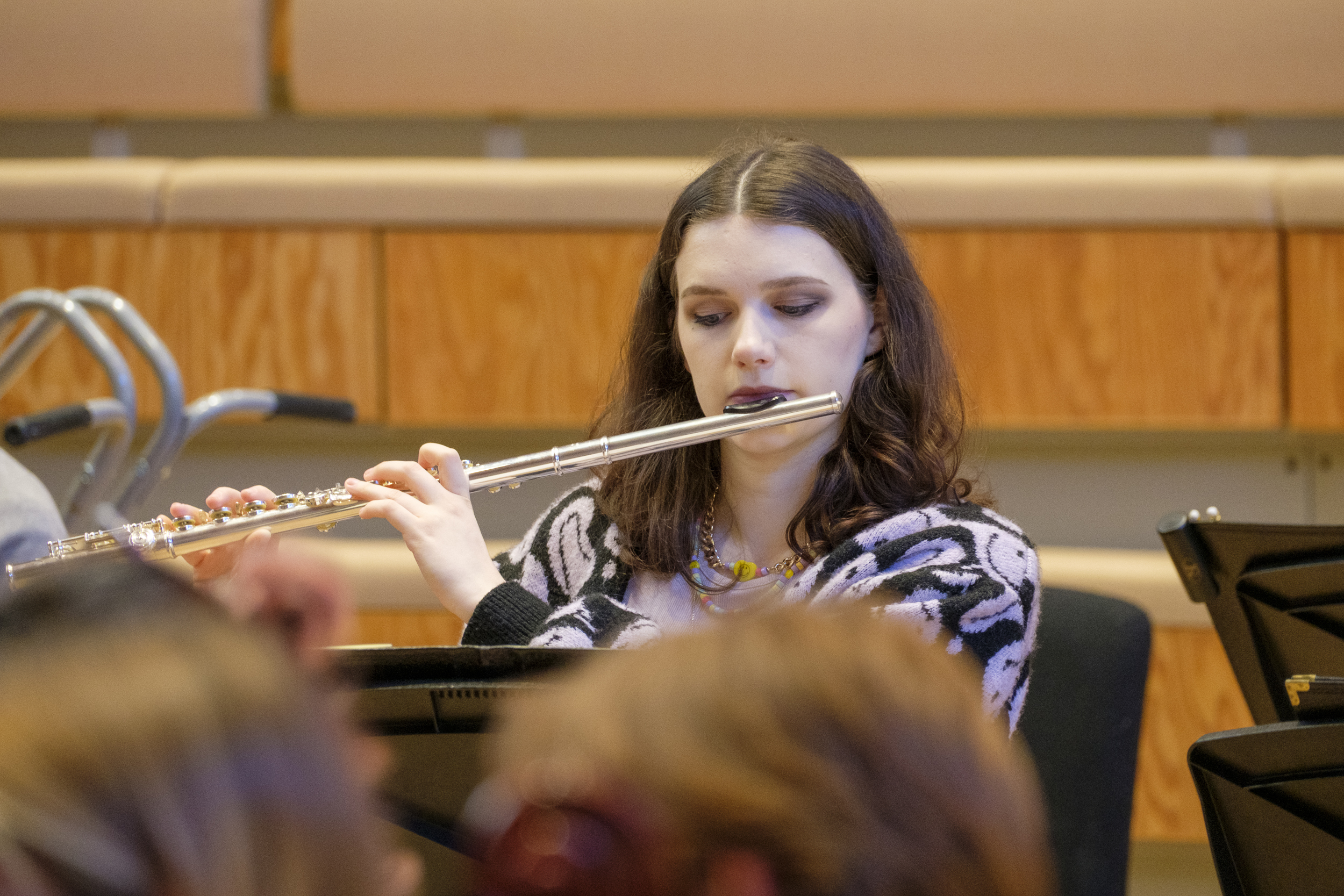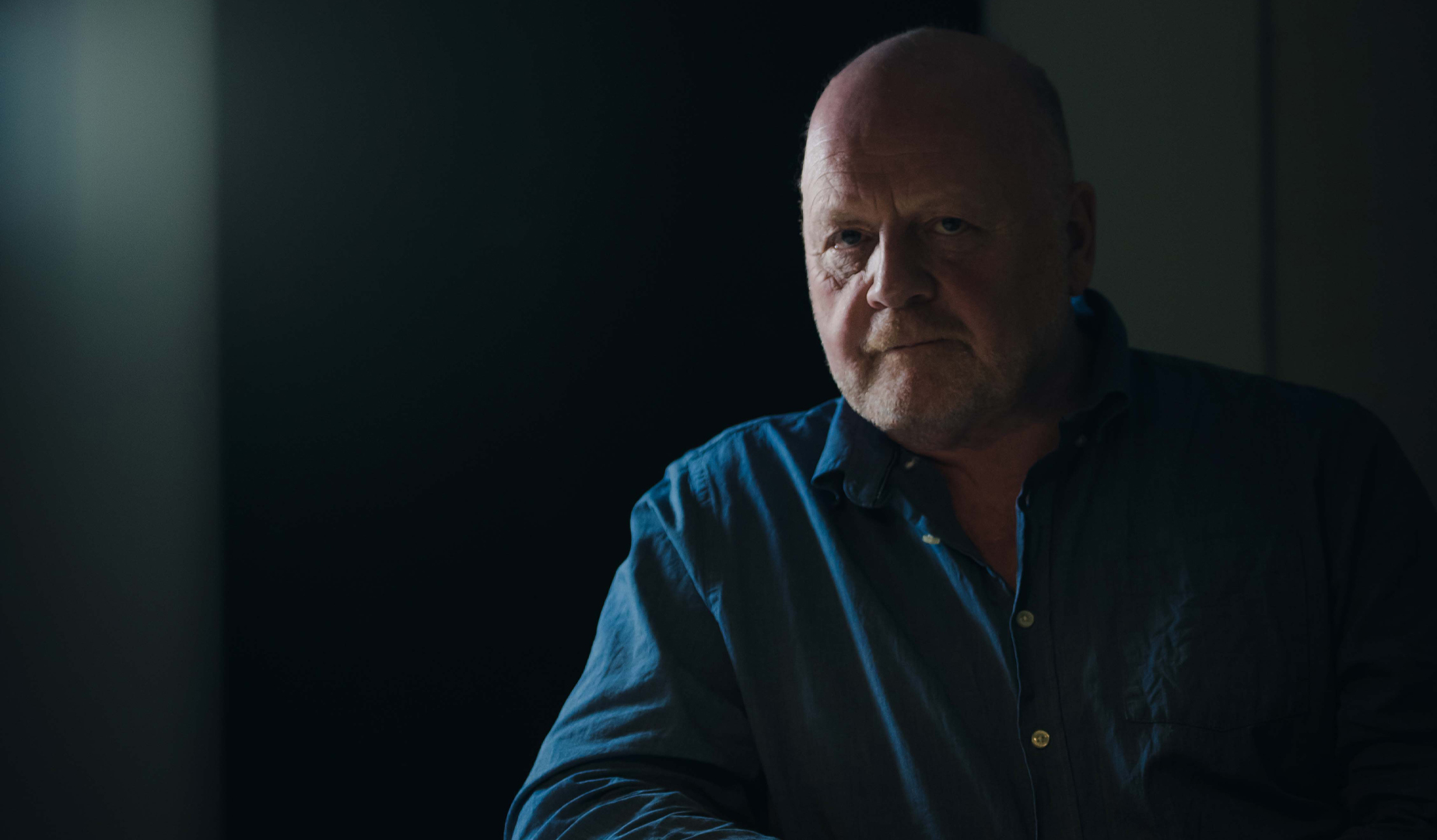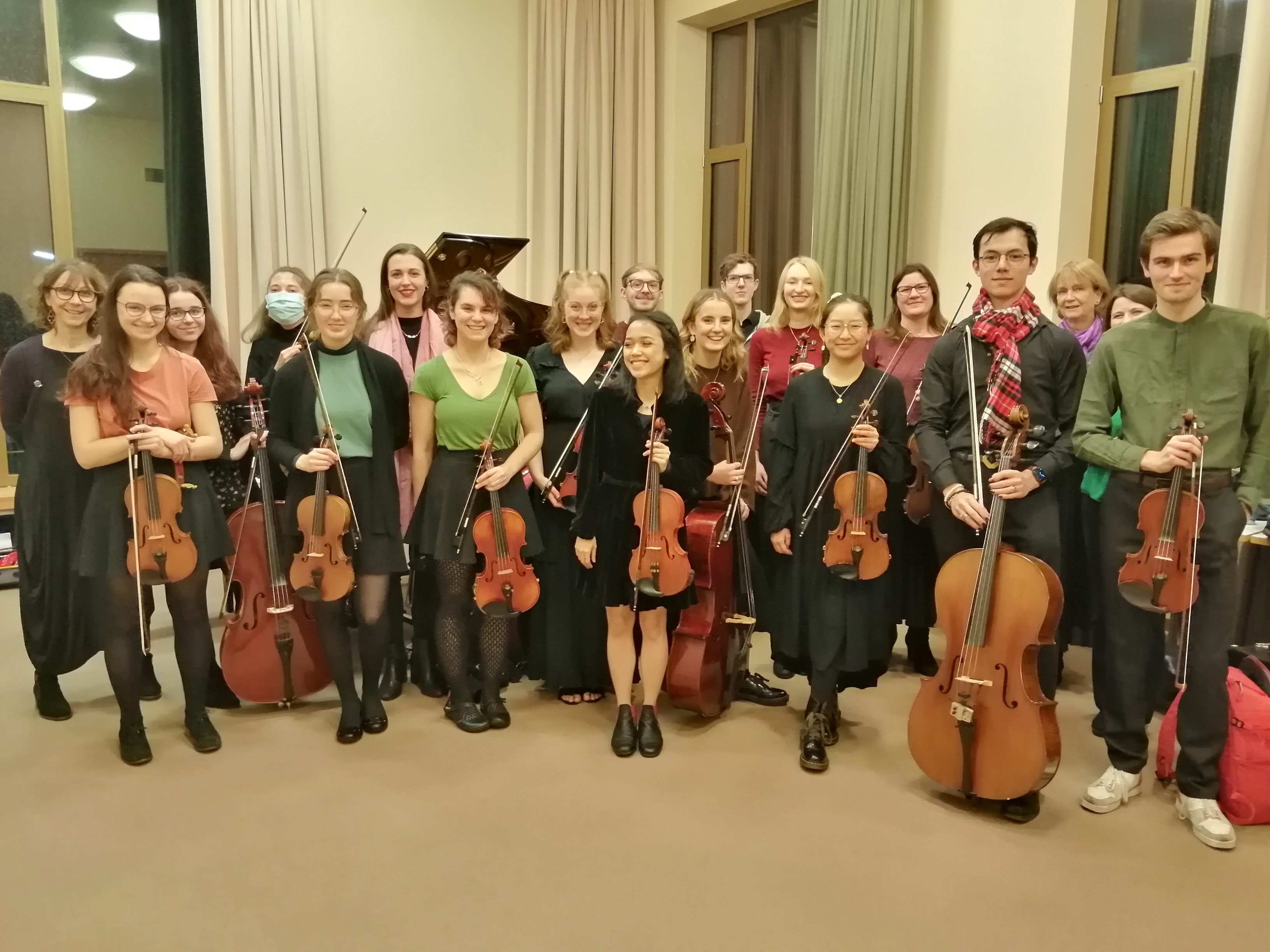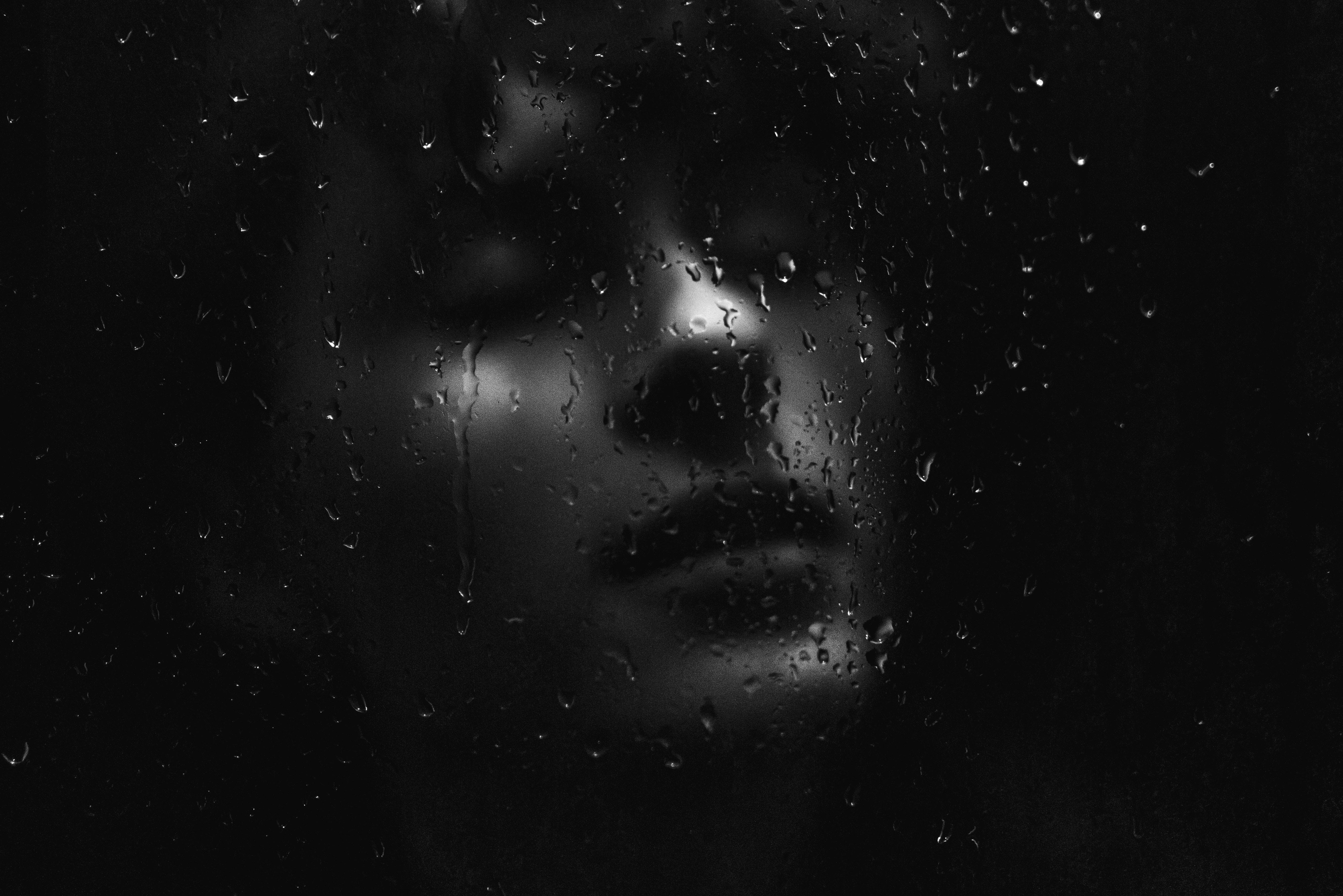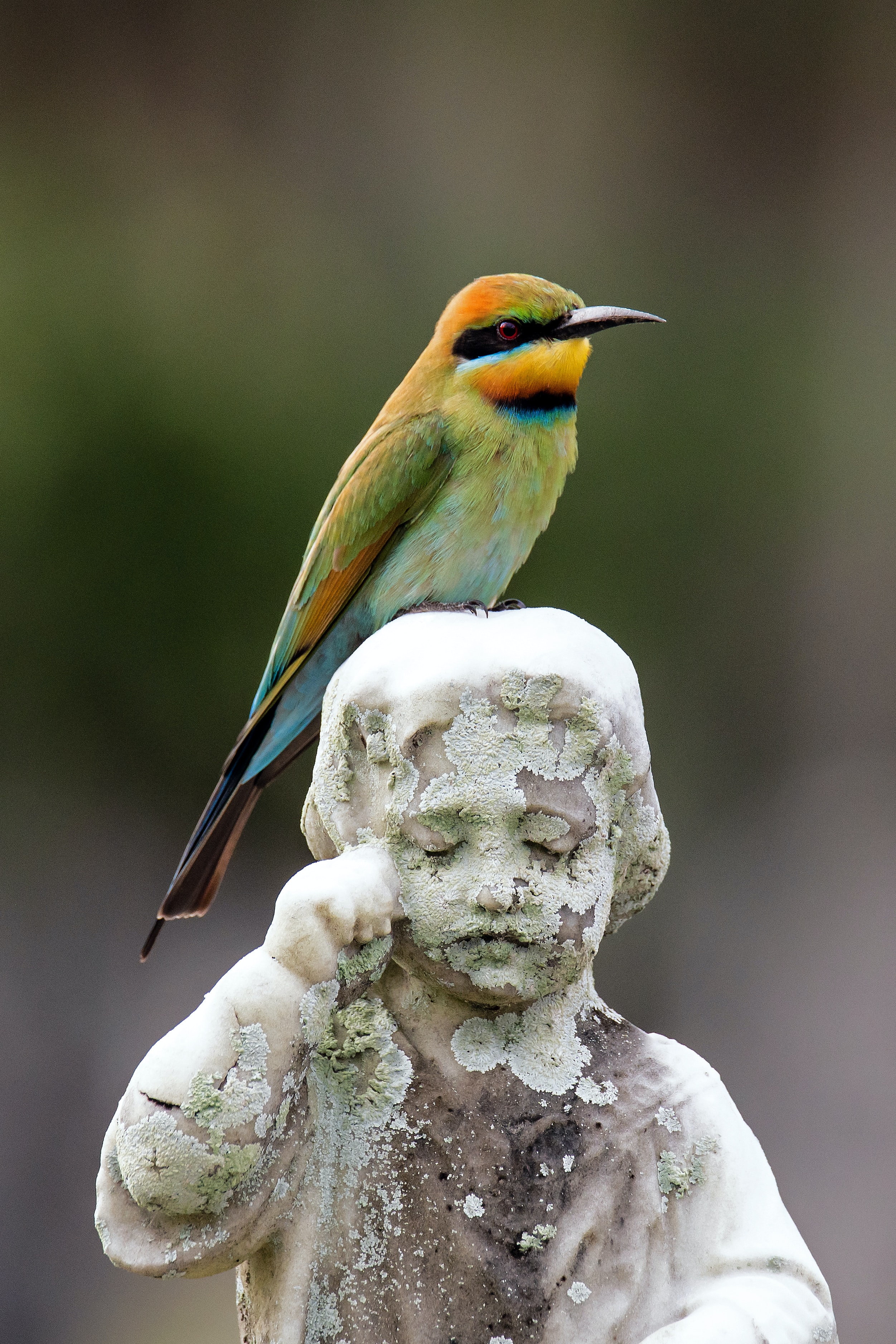Colyer-Fergusson Hall will host what promises to be a wonderfully atmospheric event at the end of this month, as pianist Clare Hammond brings a combination of music and film to the concert-hall as part of the Ghosts and Whispers tour.
The project, a combination of live piano pieces haunted by ideas of ‘fragments, last thoughts, elegies and absences’ and specially-commissioned film, embraces music by an eclectic range of composers; before the performance on Friday 27 May, The event beguils with its promise of immersing the listener in a world of illusions and shadows, interweaving works by Mozart, Schubert, Schumann and others with piano miniatures by John Woolrich.
Intrigued at the notion, I caught up with Clare and asked her about some of the ideas behind the project…
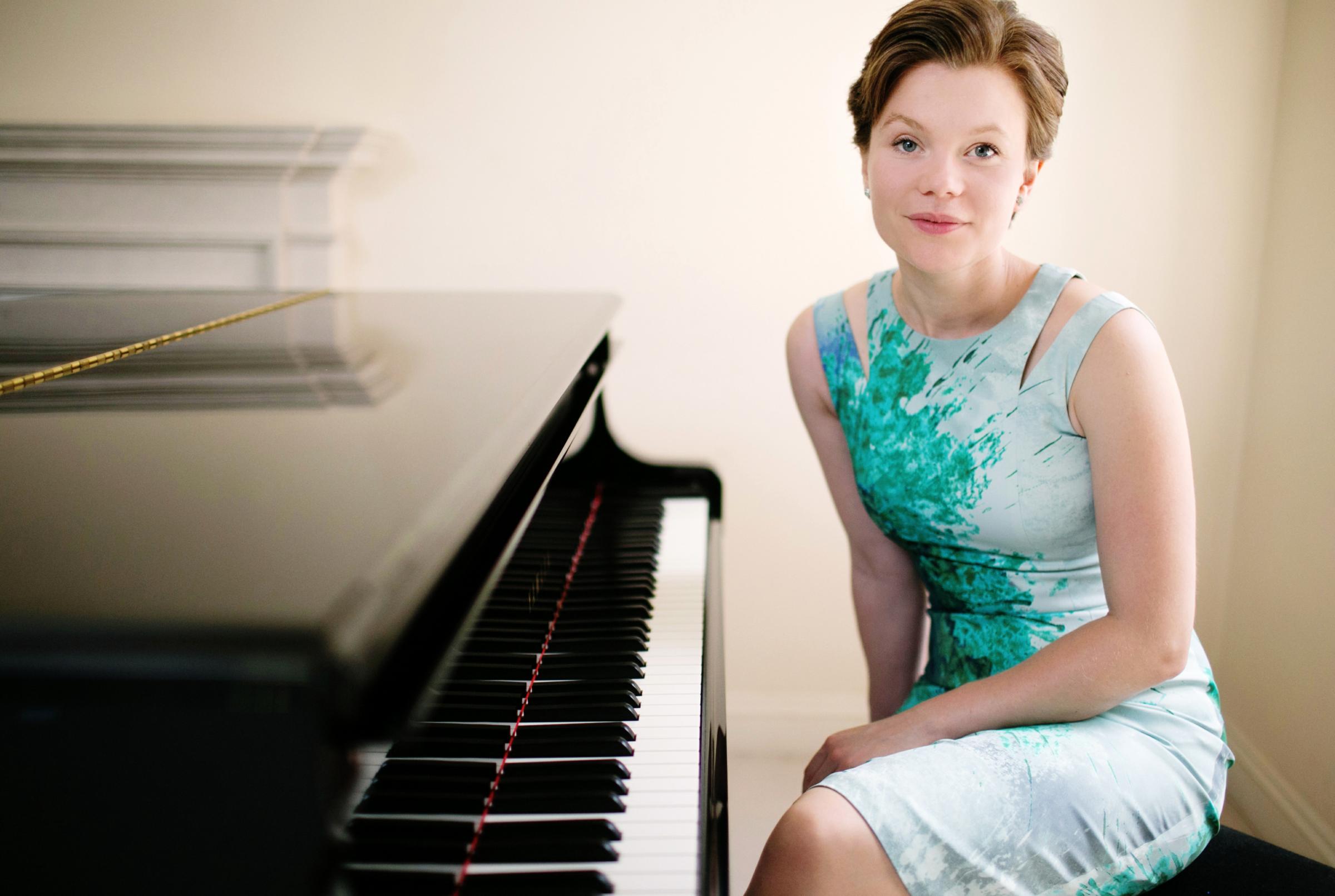
How did you decide which composers’ repertoire to pull together ? It’s a wonderfully eclectic mix of composers for the theme of the event.
We wanted to explore fragments – short pieces, many of which are unfinished – and create a rapidly changing tapestry of different styles. Listening to the programme (and performing it!) really is a unique experience. You will hear fragments of pieces by Mozart and Schubert for the first time – ideas for sonatas that never saw the light of day. There are works that muse on death by Janacek, Stravinsky and John Woolrich, a touching Sarabande from Elisabeth Jacquet de la Guerre, and a philosophical puzzle by Robert Schumann. It provides a radically new perspective on familiar composers while the visual elements transport us to a surreal and unsettling world.
How do John’s Pianobook pieces work to hold the programme together ?
John’s Pianobooks are essentially a series of miniatures that explore a myriad of different themes – Goya’s Caprichos (engravings of witches and monsters that form a grotesque counterpoint to Enlightenment ideals), Baudelaire’s Les Fleurs du Mal (The Flowers of Evil), and ‘micograms’ by visionary Swiss writer Robert Walser, highly admired by Kafka but then incarcerated in an asylum for much of his life. While the miniatures are ‘finished’, they are ephemeral and many just evaporate into thin air. They are the perfect partners to these vanishing fragments by more familiar composers, some of which barely register before they disappear.
How do the live music and the filmed content related to one another ?
We created the musical programme first and the Quay Brothers then put together a sequence of fragments from previous films that had been unused – left on the cutting room floor! Music and film are very tightly bound together and precisely synchronised. On the whole, music in a more familiar or tonal style is paired with abstract images, while John Woolrich’s music coincides with these grotesque puppets. The narrative, again, is fragmentary – it promises continuity and then snatches it away.

How would you like / do you hope audiences will respond to the immersive combination of music and film ?
Ghosts & Whispers is so unusual that it is impossible to predict how people will react. I hope that the audience will very quickly feel submerged in this bizarre universe, and that they think back to the piece for many years to come. I have performed it several times now and whenever I return to the work, I find more layers to unpack. It is certainly very macabre and, at times, unnerving but, in providing such an unorthodox perspective, it also brings depth and a wealth of new ideas.
The performance will fill the concert-hall on Friday 27 May at 8pm; book tickets here for what promises to be a unique experience…


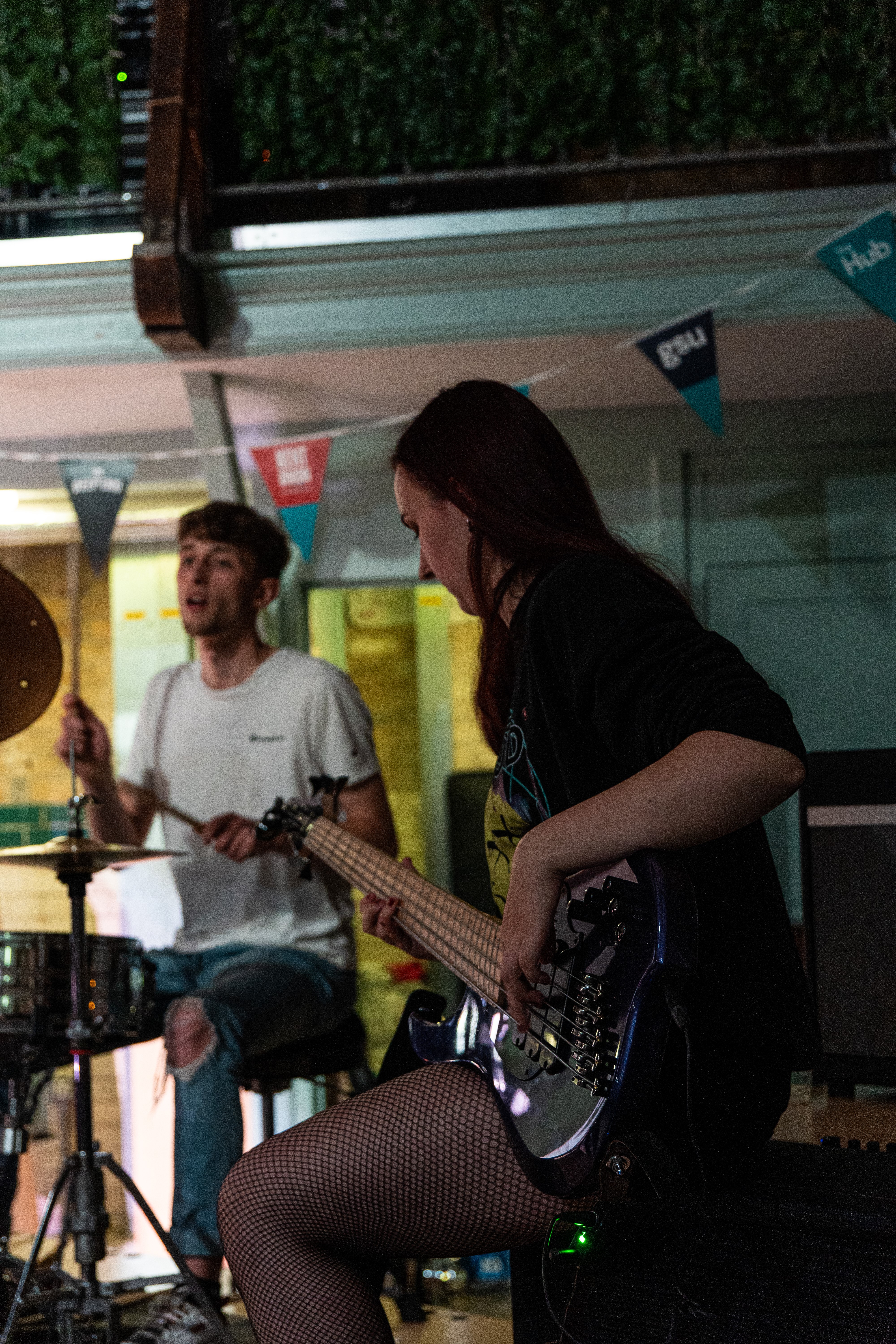



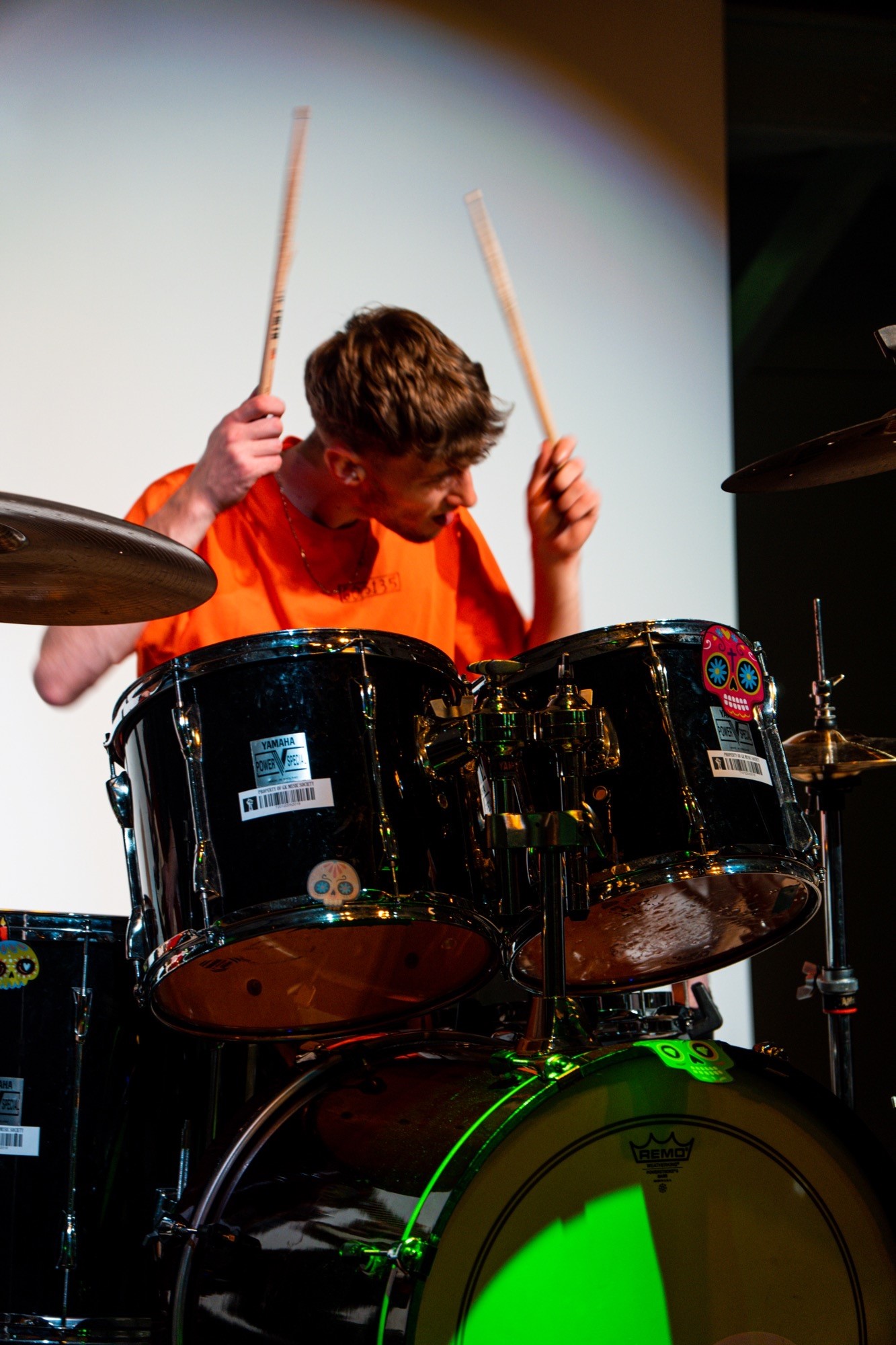
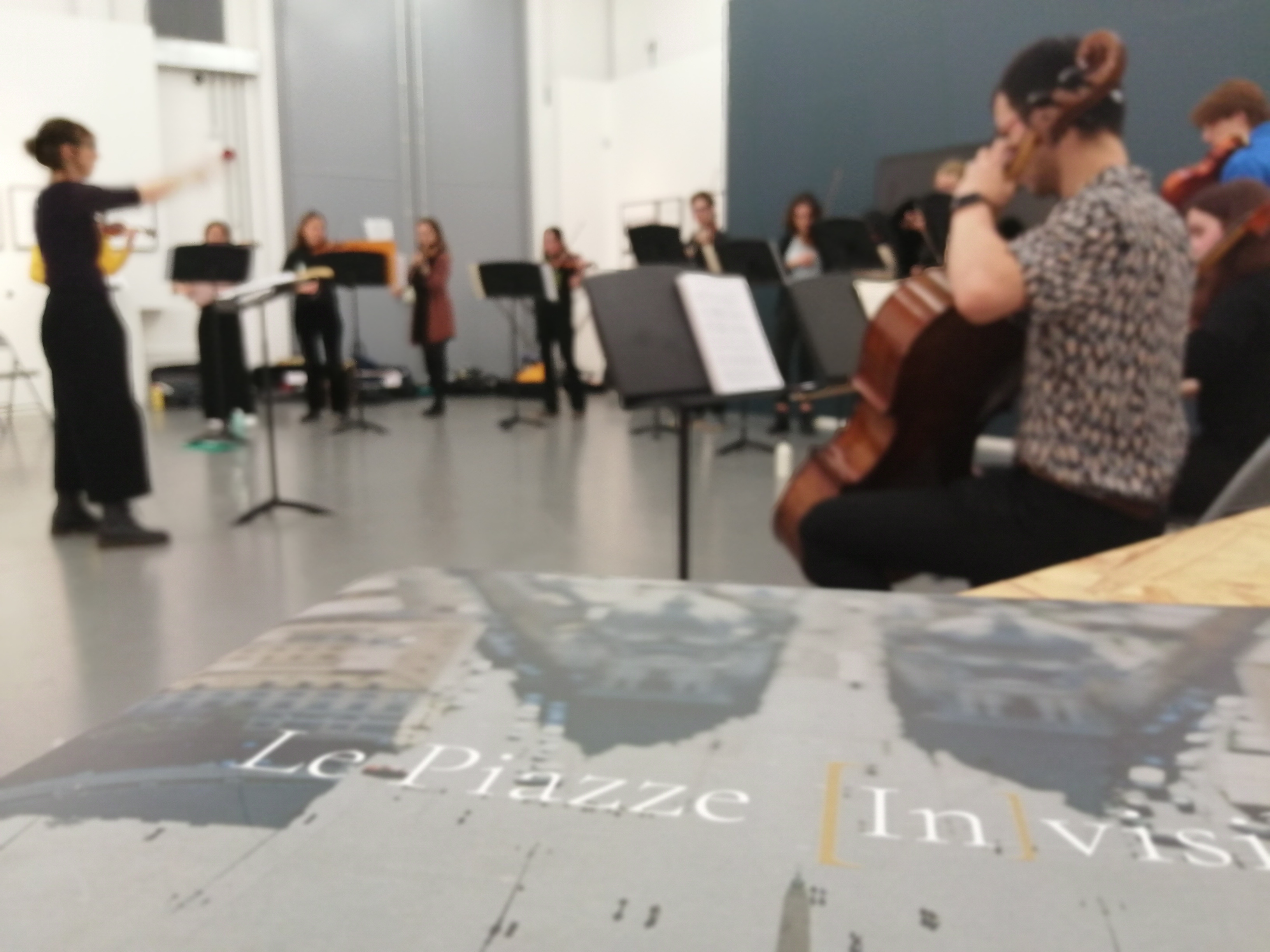
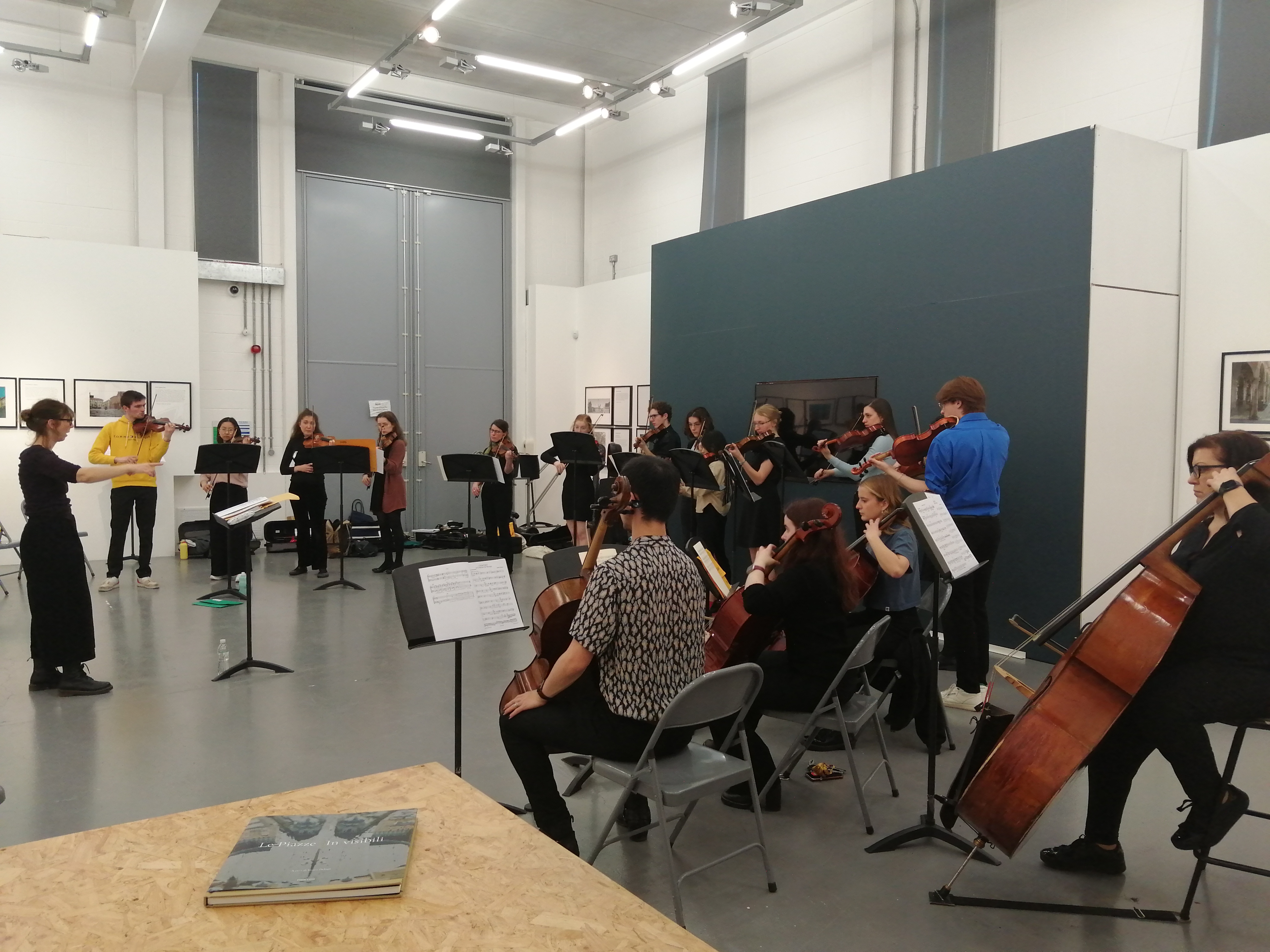

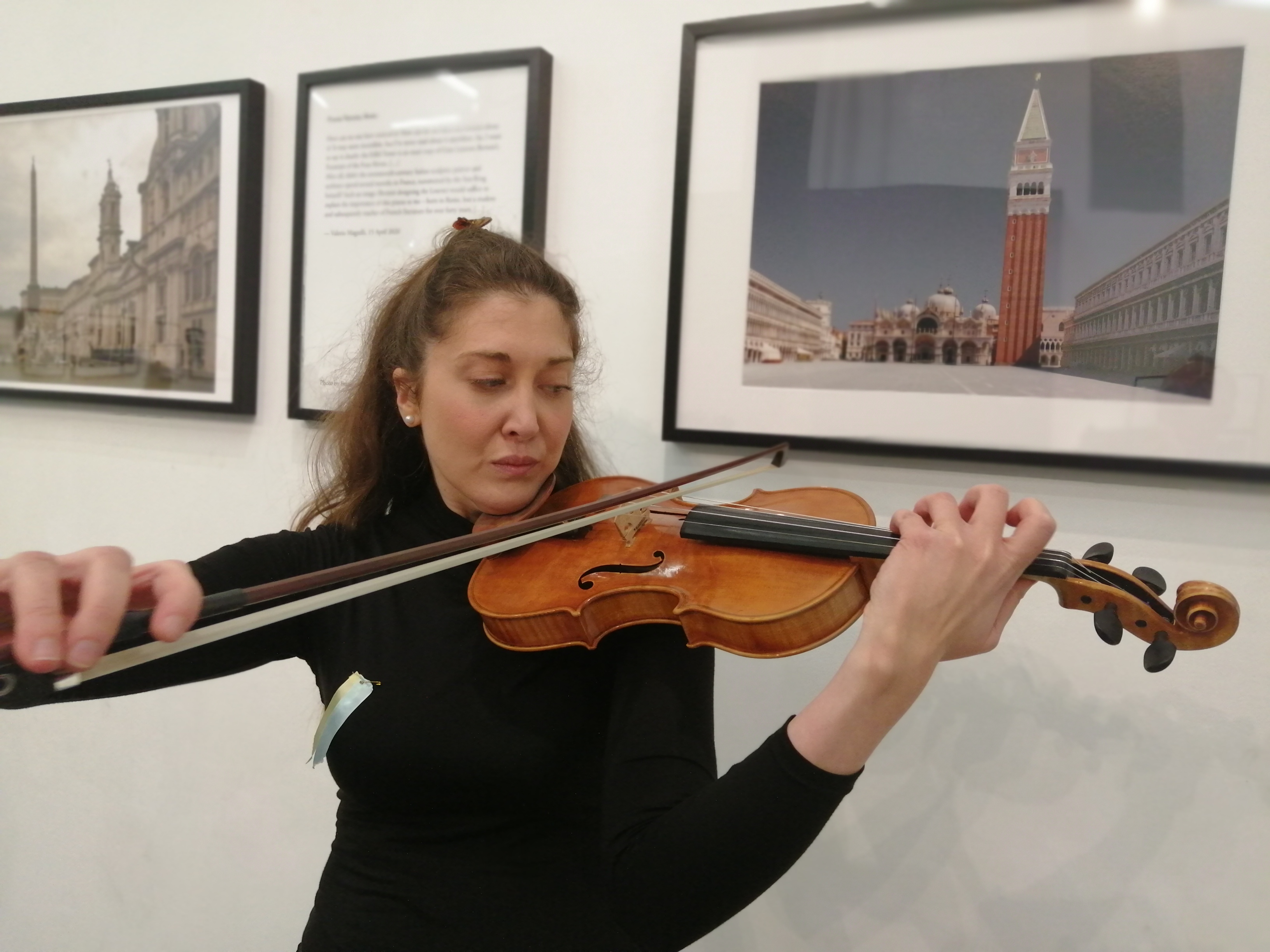
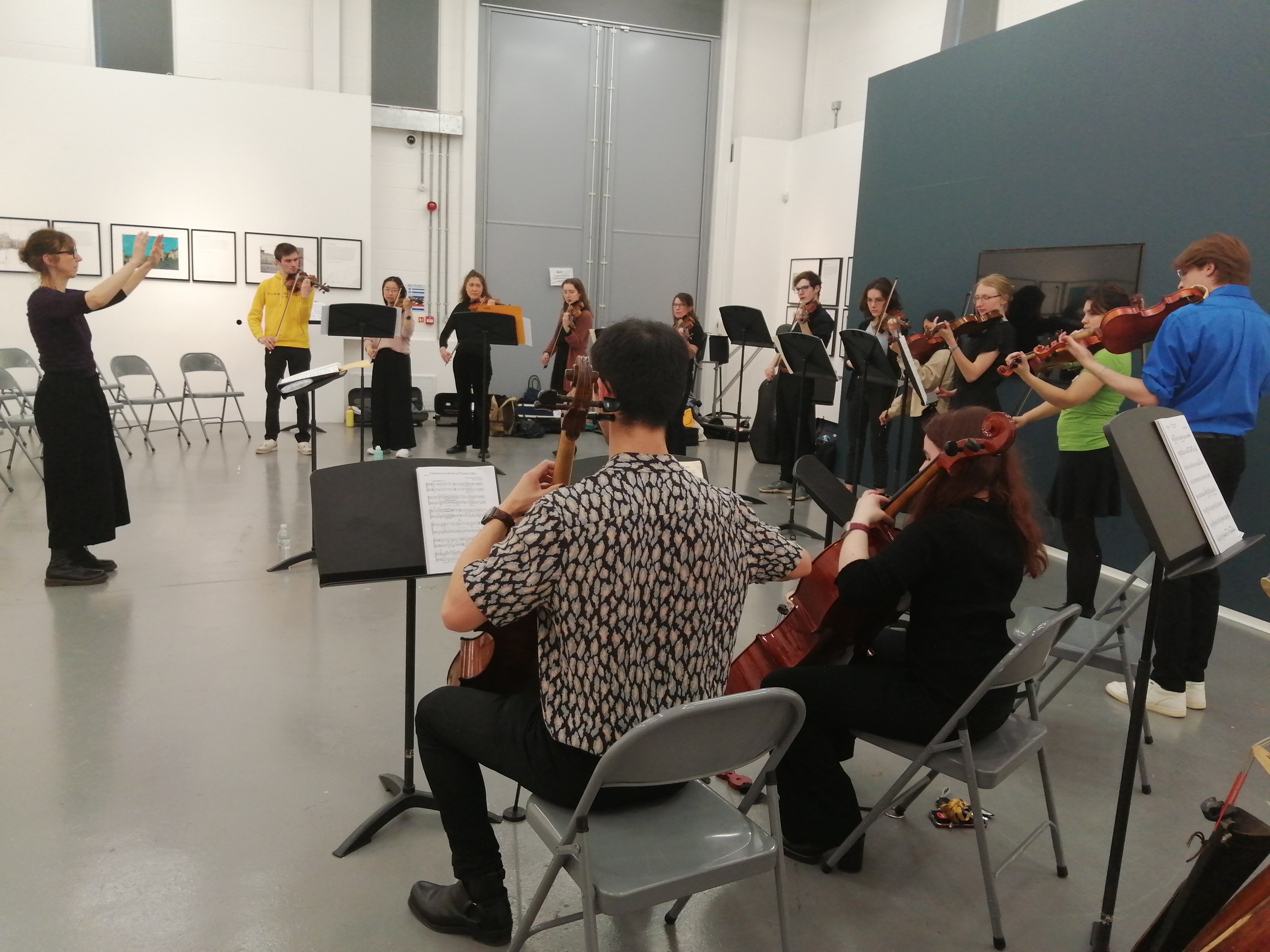
 Matt Brown’s Solitude at Dusk had one or two ravishing chords, and the performance ended with the weighty Fantasia on a theme by Thomas Tallis, whose main melody (When rising from the bed of death) somehow again took on different overtones in light of the photographic evidence of the impact of the pandemic which surrounded the audience.
Matt Brown’s Solitude at Dusk had one or two ravishing chords, and the performance ended with the weighty Fantasia on a theme by Thomas Tallis, whose main melody (When rising from the bed of death) somehow again took on different overtones in light of the photographic evidence of the impact of the pandemic which surrounded the audience.
